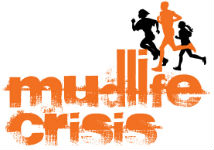We’re coming up on the holiday season. And, at the risk of horrifying all the folks who normally don’t like talking about this stuff till after Halloween, many of us are starting to put together holiday shopping lists and the like. In that spirit, here are some ideas on OCR shopping for the fan in your life – whether it’s you or a loved one/friend! (Or, for your own wish lists!)
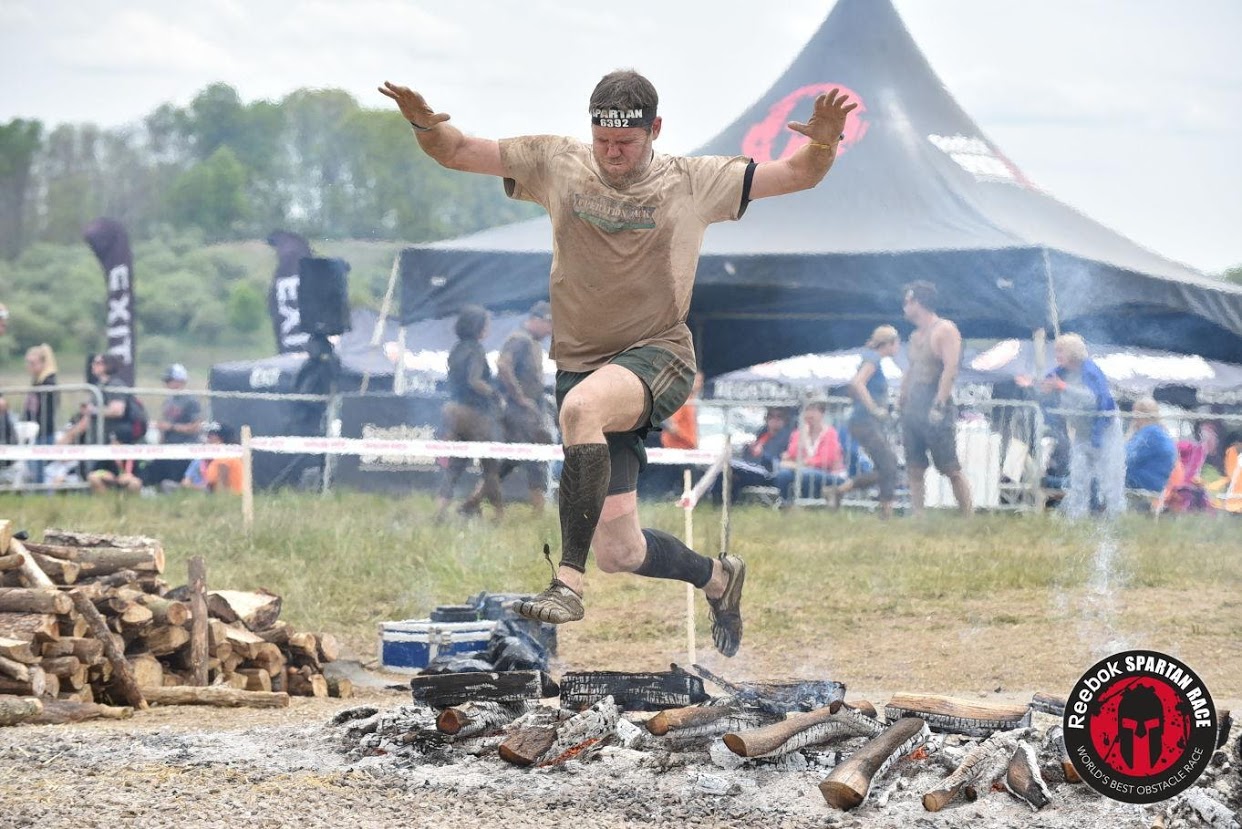
I think the most discussed topic in the world of OCR, other than what races you’ve run and posting pictures of your victories and medal grabs and the like is footwear. There seems to be nothing that makes people salivate more when talking about obstacle course racing than what shoes you wore for the race.
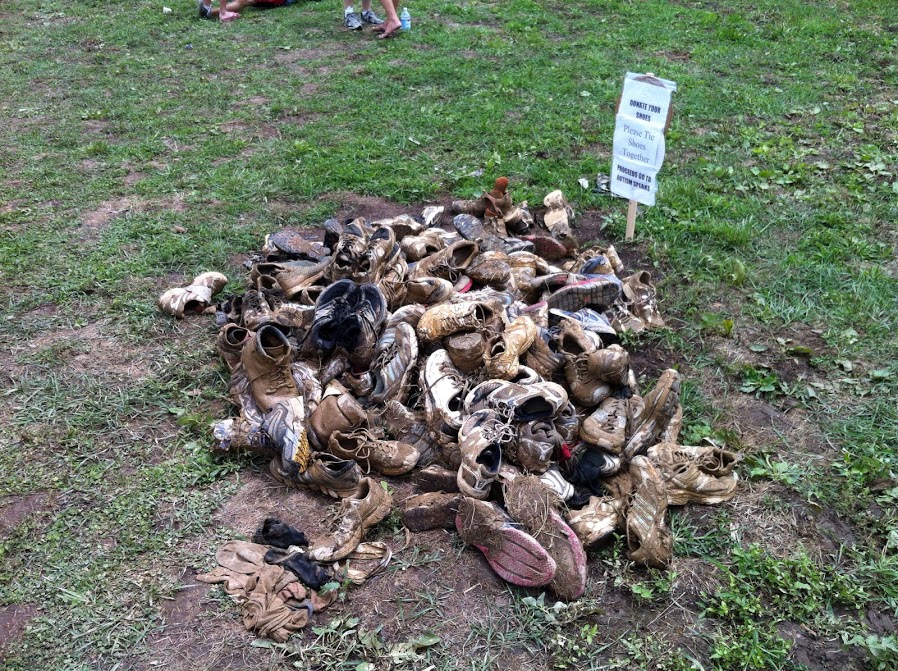
There are two camps when it comes to shoes in an OCR. First, there are the folks who say nothing more than “wear the oldest, nastiest pair of shoes you own, because you’re just going to want to throw them out after the race.”
There’s definitely something to this. In my eight years of OCR-ing, I have never been to a race where they haven’t been collecting shoes that people no longer want in a huge, rather disgusting pile. Generally, there’s some charity that is collecting them and cleaning them to donate to the poor or another recycling purpose, and that’s certainly noble. And if you’re running a race with a bunch of friends as a lark, or it’s your first time and you just want to see if this whole crazy mud run thing is for you, then there is absolutely nothing wrong with that.
The second camp, though, is the camp of the person who’s caught the OCR bug and wants to make it their thing. For these folks, giving up their shoes is not an option. They’ve spent money on making sure they have just the right type of shoe for the challenges of the course, and they want a shoe that is going to last.
Shopping for your OCR shoe

OCR shoes are, if nothing else, durable. They’re not going to fall apart in the middle of a race, and they’re built to be worn over various types of terrain.
First of all, they should be designed to drain well. I have yet to be in a race where mud and/or water (or muddy water) isn’t part of some obstacle. And the last thing you need is to be carrying water around with you in your shoes for 10 miles of cross country running. It’s exhausting.
Second, they should have lugged soles. Unless you’re running a stadium or urban race (the Spartan Stadium Series is a popular and significantly cleaner option for many runners), you’re going to be outside where footing can be treacherous at times. This is especially true as things get wet, or you’re in a later wave where the course gets worn down and/or torn up. So soles that you can count on for grip and comfort are key.
Third, they should fit snugly but not tightly. You want to be comfortable, and getting rocks and sand into your shoes is going to give you blisters or other issues in a race. I’ve seen racers who duct tape their shoes shut just to avoid this (or to keep them from coming off during the heavier mud obstacles). But a snug pair of shoes will do just fine with this. Not too tight, though – you want to avoid your feet getting sore as much as possible. It may take some experimentation to find just the pair you need in this regard as everyone’s feet are different shapes.
Fourth, and slightly less importantly: if you want to keep them for more than one race, then they need to be easily cleaned. Leather may not be the best option in this regard as it doesn’t do well with repeated washings.
Personally, my go-to shoe is the Vibram FiveFinger Spyridon LS. I had my most recent pair of these for five years and they served me well (just died this past season when my toes finally busted through). Before that, I had a pair of Vibram KSOs – they were also very good but fell short occasionally on point #2 above.
Now, here’s a slight conundrum: Vibram doesn’t make the Spyridon line any longer (neither the LS or the MR, their OCR-specific model). But… they didn’t forget us. According to Vibram, the heir apparent is the V-Trail model. So…look for that. You can also still find places like Amazon.com where they still have the Spyridon models.
Now please please PLEASE keep in mind, running in any minimalist shoe is something that you don’t just jump into. I’ve talked about that here and here, and don’t want you to hurt yourself. You need to plan out a year ahead before you start racing in any minimalist shoe if you’re not ready for it, in my opinion. As I said, the two links here will give you more on that.
So basically, you’ll be shopping for trail running shoes of some kind. Tough Mudder has a deal with Merrell as their “official shoe,” and I’ve heard good things about them. Spartan’s new deal is with Craft, who is working with Spartan to create a ton of different OCR-specific gear offerings which sounds particularly exciting. But shoes are as individual as can be, so I highly encourage you to get into a shop and try some shoes on. Keep in mind the aspects above and you should be in good shape.
The Clothes Make the Racer
The next aspect that I’d like to address is clothing. Again, shopping for OCR clothing is very subjective, because the clothing needs of an OCR athlete can vary quite a lot.
There are racers who like running in nothing but shoes, shorts, and possibly a sports bra for the female competitors. This can make a whole lot of sense. The more clothing you have on, the more mud and water you’re going to retain as you’re running, and also the more that can get snagged on things like barbed wire or thorns.
However, there are also racers like myself who don’t tan (thanks, German and Irish ancestry) and for whom a shirt helps to avoid sunburn.
No matter what you’re wearing, I HIGHLY recommend some sort of moisture-wicking fabric – dri-fit, UnderArmour, some sort of technical wool shirt, what have you. Cotton is a really bad idea because it gets wet and stays wet. I run most of my races in a looser-fitting tech shirt from another race I was in. It’s old, formerly white but now sort of a “natural beige” in color, and there are some small holes in it from safety pins after literally eight seasons of wear, but it’s still going strong.
I’ve also seen racers with no shirts but wear some sort of arm-warmer/compression sleeves, many of them with slight padding around the joints, to keep bumps and bruises to a minimum. I’ve not tried that but it seems a sound idea.
What about shorts? Again, technical fabric of some kind is great. But many racers like to wear some sort of compression shorts to keep cramping to a minimum. I’ve tended to wear compression shorts with a pair of light soccer shorts over them for my races. Call it a nod to modesty for myself. Lots of racers shun anything but the compression shorts and I don’t blame them one iota. For me, I’ll keep wearing light soccer shorts over my compression shorts. I just wear a pair of compression shorts I got at Target, and they do just fine, but there are higher-end ones as well.
Some racers like wearing full- or partial-leg-length compression tights – this can help avoid scratches and scrapes during a race. Again, this makes perfect sense to me, but I prefer less fabric on me. If you can find a pair that repel water well, then go for it. There are also some that have padding around the knees for obvious reasons.
Some of the brands to look for these OCR-specific items are MudGear, Rocktape, Spartan/Craft, Warrior XGear, Obstacle Guard, and Hoplite. Most of them are also on Amazon, of course.
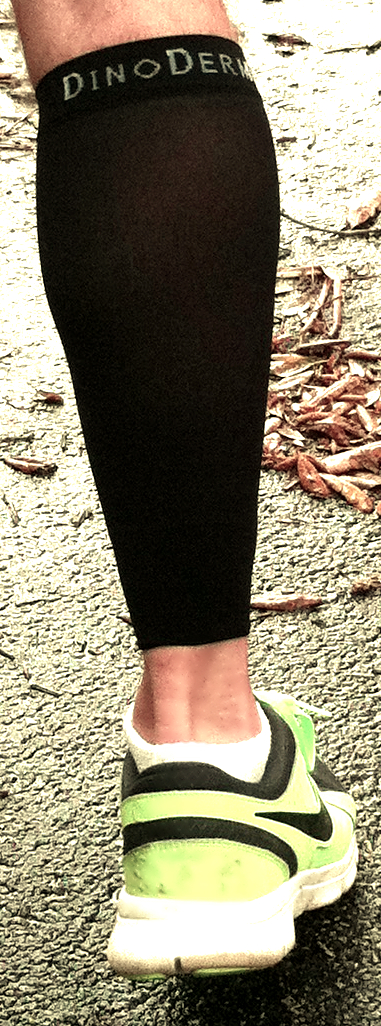
As we continue our look down the legs, many runners like to run with some compression socks of some kind. I’m one of these. As I wear Vibram FiveFingers, I can’t do the socks (it’s those toes), but there are also compression calf sleeves, and that’s what I use. Wearing the full-length tights as I mentioned above covers that, and if I ran colder-weather races I might try that. But most of my races are in the summer so that’s not an issue. Again, there are OCR-specialized models with padding if you want, but I haven’t used those.
Accessorize your Wardrobe!
Sometimes, shopping for an OCR racer can be frustrating. I personally tend to see OCR as a “the less gear the better” thing, because you don’t want a bunch of irritating equipment coming with you as you run. I ran one race my second year as an OCR athlete wearing a backpack with two gallons of water in it (it was the “maniac” version of the Mud Ninja race I was running) and that was annoying. It was obviously heavy, but it also got in the way of obstacle completion in a few cases just by being bulky.
That being said, I ran that race in 2012, and we’re now at a point where companies are putting out more specialized gear for us. So as I do more races of varying lengths, I have tried out a few things.
One is a small pack that fits around my waist, to hold things like small bars and mustard packets (believe it or not, mustard seems to help with cramping during a race). The one I found was literally a couple dollars and was found in the front of a Target store (where they have all the cheapo specials), but it’s been valuable the past couple of races I’ve done. I hardly even notice it during a race – it’s flat (sort of like a money belt) and stays out of the way till I need it.
Other racers like to bring a hydration backpack or belt of some kind with them during a race. These hold water or a sports/electrolyte drink and can also hold other items like food, mustard, etc. It’s primarily the longer races where you need this, but frankly I haven’t needed one during a 10+ mile Tough Mudder. If you’re racing instead of just completing a Mudder, though, you might want to think about this. Spartan makes their own brand of these, and other brands like Ultimate Direction have models for OCR as well. They’re also available on Amazon.
Not having run with any sort of hydration pack, I don’t have any experience with them. But…I think it’s safe to say that you want to be careful not to use something that could get punctured. No point in bringing that stuff with you if it’s going to lose all that performance-helping liquid the first time you go under barbed wire or whatever. Some of the hydration belts carry sturdy plastic bottles and that seems a better option than something with a bladder. Again, my opinion.
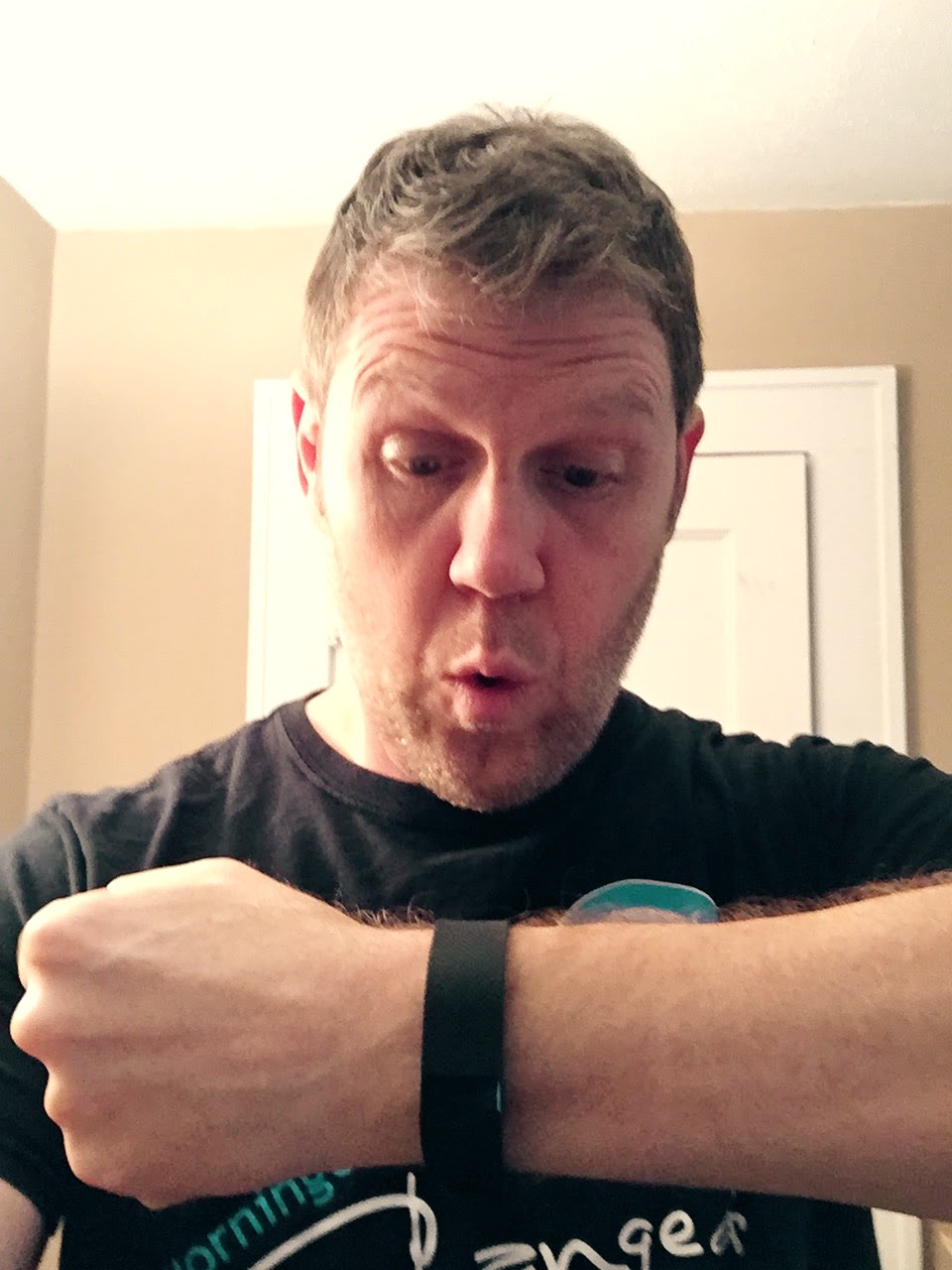
Some racers like to have a sports watch of some kind for timing themselves, keeping track of pace, etc. I have no experience with this. Before my Fitbit died, I removed it to run races because I didn’t want it to get destroyed. But there are clearly models that work, because I see racers using them. Garmin is frequently mentioned, as well as TomTom, Suunto, Polar, and the aforementioned Fitbit are all with their adherents. Here’s a guide from some folks who’ve tried a lot of them.
That pretty much covers it, I think. If this stuff is on your shopping list for loved ones, you’ll have happy recipients, and if it’s on your wish list you’ll be racing with style and maximum efficiency in 2019!
Amazon links above are affiliate links, and I will receive compensation for your using them. Thank you for supporting Mudlife Crisis!





